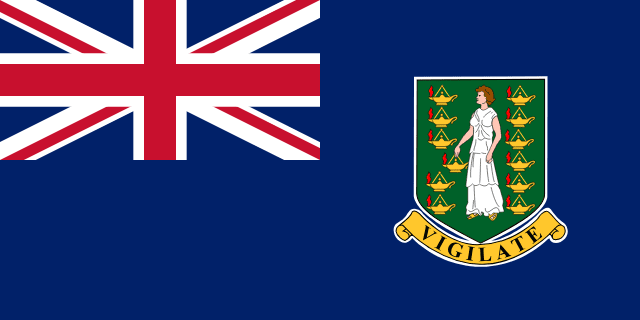Country Information
| Sovereign State | No (Unincorporated territory of the United States) |
| Country Codes | PR, PRI, 630 |
| Official Name | Commonwealth of Puerto Rico |
| Continent | North America |
| Capital | San Juan |
| Government Type | Unincorporated territory of the United States with local self-government |
| Currency | United States Dollar (USD) |
| Calling Code | +1 787, +1 939 |
| Member Of | Not a member of the United Nations, as it is a territory of the United States |
| Population | Approximately 3.3 million |
| Total Area | 9,104 km² |
| Highest Point | Cerro de Punta (1,338 meters, 4,390 feet) |
| Lowest Point | Caribbean Sea (0 meters, 0 feet) |
| GDP Per Capita | USD 31,538 |
| Life Expectancy | 80 years |
| Internet TLD | .pr |
Puerto Rico National Anthem
La Borinqueña (The Puerto Rican)
The land of Borinquen
where I have been born
is a flowery garden
of magical brilliance.
Flags of Neighboring Countries



History of the Puerto Rico Flag
The flag of Puerto Rico was officially adopted on July 24, 1952. The design of the flag is similar to that of the Cuban flag, reflecting the mutual support of both countries during their struggles for independence from Spain.
The flag consists of five alternating red and white stripes and a blue isosceles triangle at the hoist with a white five-pointed star in the center. The red stripes represent the blood from the brave warriors, while the white stripes symbolize the victory and peace that they would secure. The blue triangle represents the sky and the coastal waters of Puerto Rico, while the lone star represents the Commonwealth of Puerto Rico.
The Puerto Rican flag’s design was influenced by the Cuban Revolution flag and the flag of the United States, embodying Puerto Rico’s aspirations for independence and its strong ties with the U.S. The flag was first used by the Puerto Rican independence movement in 1868 and has since been a symbol of the island’s national pride and cultural identity.
Despite its association with various political movements over the years, the flag is widely recognized as a symbol of the unique heritage and culture of Puerto Rico. It is a source of pride for Puerto Ricans and is prominently displayed on the island, in the Puerto Rican diaspora, and at international events where Puerto Rico is represented. The flag of Puerto Rico symbolizes the island’s resilience, its rich history, and its vibrant culture.

